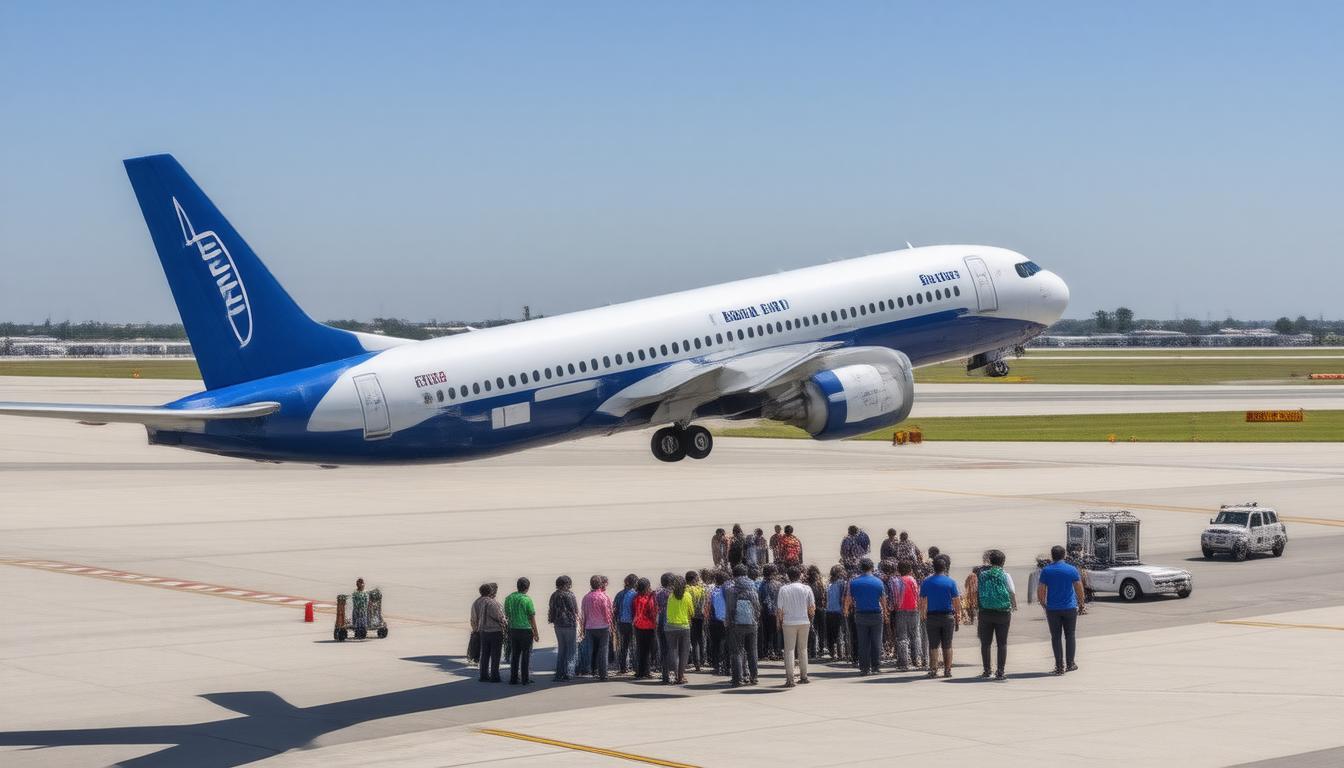The Boeing 737-800 has firmly established itself as one of the most popular passenger aircraft in the world, widely favored by airlines for its efficiency and reliability.
Since its introduction in 1998, the 737-800 has become a staple in the fleets of nearly 200 airlines globally, representing about 15% of the world’s total aircraft, which situates around 28,000 planes.
With approximately 4,400 units currently in operation, it plays a pivotal role in both short and medium-haul air travel across regions such as Asia, Europe, and North America.
This article delves into the distinctive features and specifications of the Boeing 737-800, as well as its significant impact on global aviation trends and transport connectivity.
Key Takeaways
- The Boeing 737-800 comprises about 15% of the global aircraft fleet, highlighting its widespread use.
- With roughly 4,400 units in service, the 737-800 remains a staple in aviation since its delivery began in
1998. - The aircraft’s popularity spans across key regions, making it a vital component of airlines in Asia, Europe, and North America.
The Boeing 737-800: Features and Specifications
The Boeing 737-800, a renowned member of Boeing’s Next-Generation 737 family, boasts impressive features and specifications that contribute to its widespread adoption among airlines worldwide.
With approximately 4,400 units currently in service, it accounts for a significant portion of the global aviation fleet, which is estimated at around 28,000 aircraft.
The 737-800 is particularly favored for short to medium-haul flights and is known for its reliable performance and fuel efficiency.
Seating configurations typically allow for 162 to 189 passengers, making it versatile for various airline operations.
Since its introduction in 1998, Boeing has delivered nearly 5,000 units of the 737-800, underscoring its popularity in key markets such as Asia, Europe, and North America.
In South Korea, five airlines, including Jeju Air and Korean Air, have integrated the 737-800 into their fleets, highlighting its regional significance.
However, amidst its successes, the newer Boeing 737 Max has been under scrutiny following two tragic accidents, leading to a temporary grounding of the model and renewed focus on safety protocols across the industry.
The Global Impact and Popularity of the 737-800
The Boeing 737-800 not only dominates airline fleets globally but also reflects a significant milestone in aviation history, showcasing Boeing’s engineering prowess and commitment to innovation.
Its robust operational capability and adaptability have made the 737-800 a preferred choice for airlines catering to both business and leisure travelers.
Its performance is enhanced by advanced aerodynamic design and efficient engines, which reduce fuel consumption and emissions, thus aligning with the industry’s shift towards more sustainable practices.
The aircraft also features a spacious cabin and modern amenities that contribute to passenger comfort, making flights an enjoyable experience.
With an extensive operational history and high reliability, the 737-800 continues to be a critical asset for airlines looking to optimize their service offerings in competitive markets.











